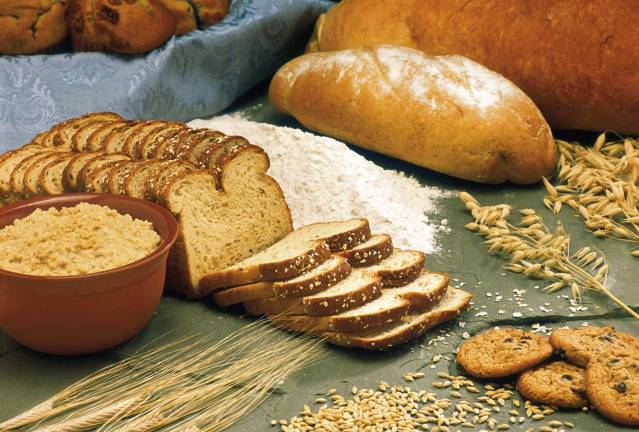Which bread is better — sprouted-grain, or regular whole grain?

Sprouted-grain breads taste great — but are they any healthier than regular whole-grain breads?
Kristina Secinaro, a registered dietitian at Harvard-affiliated Beth Israel Deaconess Medical Center, says sprouted grains are simply whole-grain seeds that have just begun to sprout. To catch the sprouts at just the right moment in the growing process, whole-grain seeds are typically soaked and then nurtured in environments with controlled amounts of warmth and moisture. This can be done at home (in a vented jar) or at food manufacturing plants (in special equipment).
The moist environment can promote bacterial growth. For that reason, Secinaro recommends that you don’t eat raw sprouted grains. Instead, mash them into a paste for use in baked goods, or cook the raw sprouts before adding them to a meal. Cooking or baking the sprouts should be enough to kill any bacteria. You’ll also need to refrigerate cooked sprouts and sprouted-grain baked goods.
Sprouted grains have many health benefits, the result of catching the sprouts during the germinating process.
“This germinating process breaks down some of the starch, which makes the percentage of nutrients higher," said Secinaro. "It also breaks down phytate, a form of phytic acid that normally decreases absorption of vitamins and minerals in the body. So sprouted grains have more available nutrients than mature grains."
Those nutrients include folate, iron, vitamin C, zinc, magnesium, and protein. Sprouted grains also may have less starch and be easier to digest than regular grains.
“It may help people who are sensitive to digesting grains,” Secinaro said.
How much better?Sprouted whole grains and regular whole grains contain the same nutrients, but in different quantities.
“I do think there are benefits to sprouted grains, but they’re not a cure-all," said Secinaro. "I would replace some whole grains with sprouted grains at least once a day, and over all, aim for three to six servings of whole grains each day.”
A serving might be a piece of whole-grain bread or half a cup of whole-grain pasta.
But just because a product contains sprouted whole grains, that doesn’t mean it has more nutrients than a regular whole-grain product. You’ll have to read the Nutrition Facts label to compare nutrition content.
You can find sprouted-grain goods (flours, breads, buns, muffins, tortillas, crackers, and even pizza crust) at a farmers’ market, lor in a grocery store. They should be in a refrigerated or frozen section. If they’re not, they probably have preservatives in them, although sprouted quinoa or rice flour is safely kept on the shelf.
But don’t assume the products are made of 100 percent sprouted grains. Sometimes there are just small amounts of sprouted grains in a product, so read the ingredients list or talk to the food maker who’s selling it. In other words, do a little homework before you buy sprouted-grain products.
Source: Harvard Medical School: health.harvard.edu